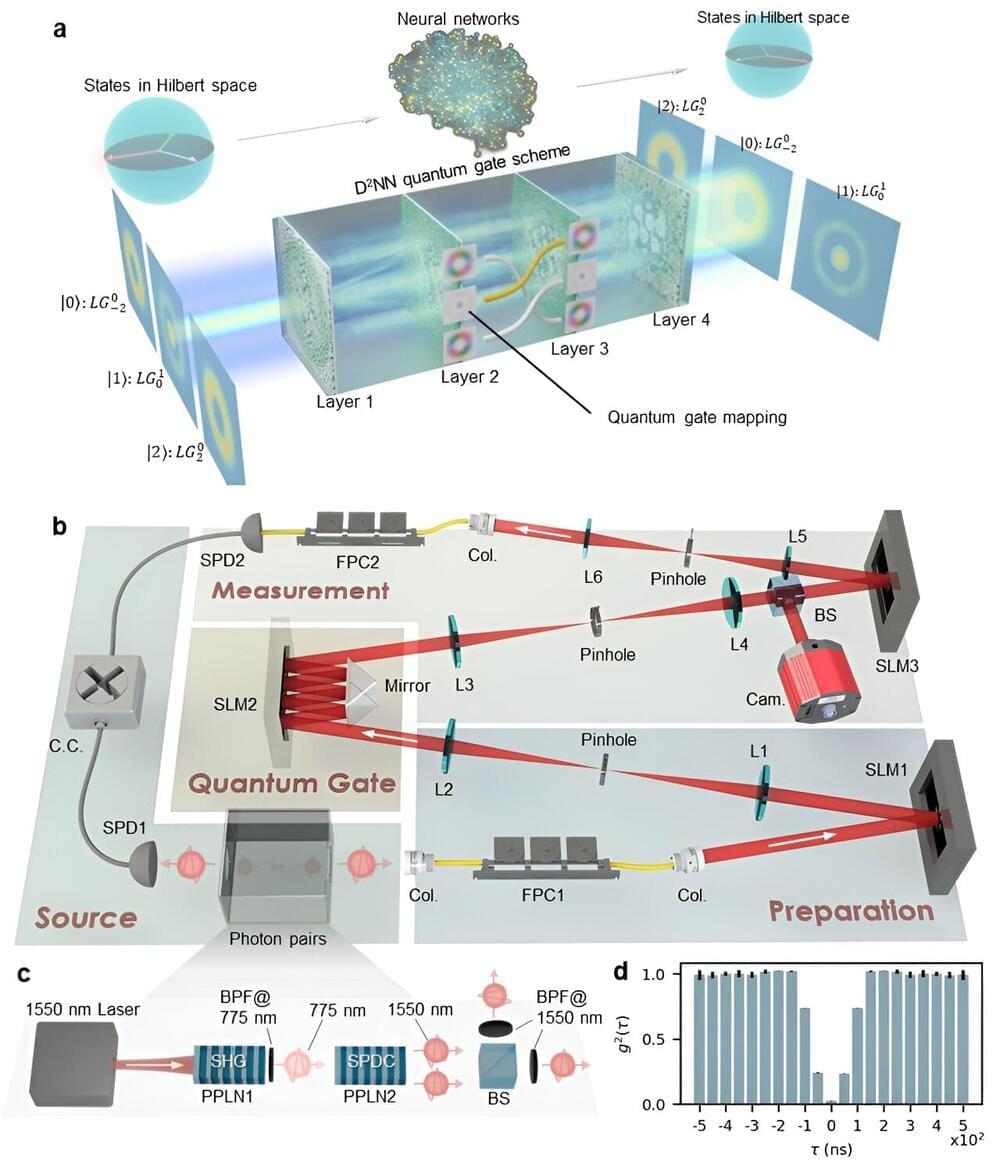Microsoft is back with another Super Bowl ad, this time for its AI chatbot called Copilot. And it kind of sucks.
Get the latest international news and world events from around the world.

In a new era of astronomy, we’re feeling for vibrations in space-time
For most of humanity’s existence, we have observed the universe using light, but these days photons aren’t the only game in town, says Chanda Prescod-Weinstein

Why physicists are rethinking the route to a theory of everything
Physicists’ search for a theory that explains all reality in one framework appeared to have stalled. But now they are reinvigorating the hunt by exploring a wild landscape of abstract geometry.
SingularityNET’s Big AGI Plans for 2024
SingularityNET’s community leaders reflect back on last year’s progress, ecosystem updates, as well as the massive push towards building beneficial AGI in 2024 and beyond.
Register for our BGI Summit today by visiting: https://bgi24.ai.
#agi #decentralizedai #singularitynet.
–
SingularityNET is a decentralized marketplace for artificial intelligence. We aim to create the world’s global brain with a full-stack AI solution powered by a decentralized protocol.
We gathered the leading minds in machine learning and blockchain to democratize access to AI technology. Now anyone can take advantage of a global network of AI algorithms, services, and agents.
Website: https://singularitynet.io.

High fidelity spatial mode quantum gates enabled by diffractive neural networks
Reliable quantum gates are the fundamental component of quantum information processing. However, achieving high-dimensional unitary transformations in a scalable and compact manner with ultrahigh fidelities remains a great challenge.
To address this issue, scientists in China showcase the use of deep diffractive neural networks (D2NNs) to construct a series of high-dimensional quantum gates, which are encoded by the spatial modes of photons. This work, published in Light: Science & Applications, offers a new paradigm for quantum gate design using deep learning.
Quantum computing holds the promise of transforming our information processing methodologies, and at its core, reliable quantum logic gates play an essential role in quantum information processing.

New China LK99-Like Superconductor Research and Imminent Patent
A LK99 researcher from Hubei, China, said that his paper might not be released before the Lunar New Year because of patent issues, announced the main findings of the paper, which detected three specific magnetic pointing superconductivity in the samples. He also described improved synthesis methods.
The LK99 researcher from Hubei, China, who said that the paper might not be released before the Lunar New Year because of patent issues, announced the main findings of the paper, which detected three specific magnetic pointing superconductivity in the samples. pic.twitter.com/7ytSWO0zN2
— peoplewar2 (@REDLFLAG) February 1, 2024

The Quest for the Astrophysical Gravitational-Wave Background with Terrestrial Detectors
We present the gravitational-wave background and its properties focusing on the background from compact binary coalescences in terrestrial detectors. We also introduce the standard data analysis method used to search for this background and discuss its detectability with second and third generation networks of detectors. To illustrate, we first use simple models and then discuss more realistic models based on simulations.


